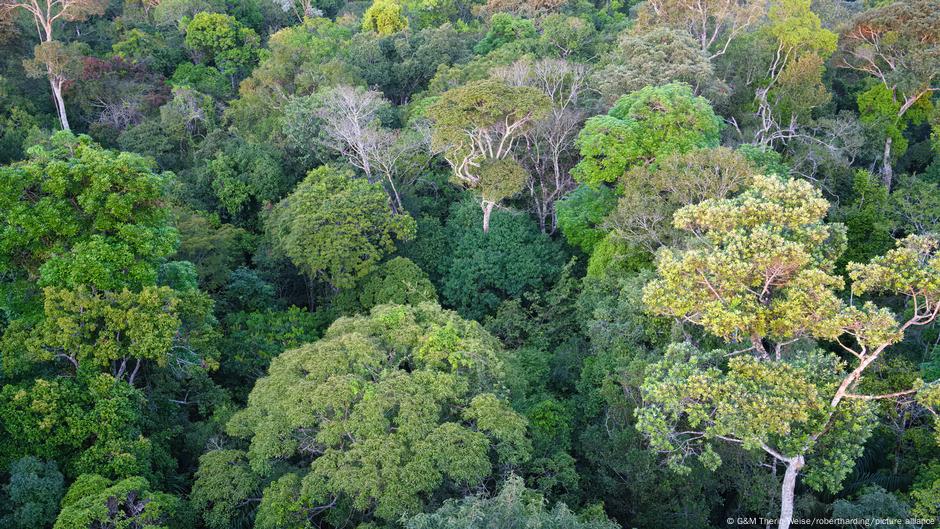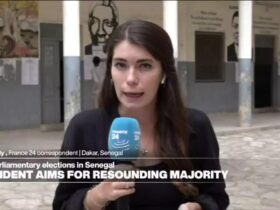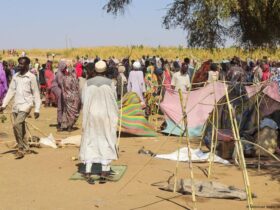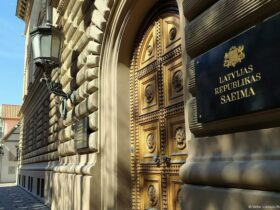Brazil’s government said Thursday that deforestation in its part of the Amazon rainforest has declined for the fourth year in a row.
Brazil is home to the largest portion of the Amazon river system, which spans nine countries and is considered vital in the fight against climate change.
According to the National Institute for Space Research (INPE), which uses satellites to track forest cover, 5,796 square kilometers (2,238 square miles) – an area almost four times the size of Greater London – was destroyed between August 2024 and July 2025. This was 11% less deforestation than the previous year.
The announcement comes just days before Brazil hosts the UN climate summit called COP30, where President Luiz Inácio Lula da Silva will talk about his government’s environmental achievements.
Deforestation contributes to emissions
Lula has vowed to end all deforestation in the country by 2030, and since the beginning of his term in 2023, deforestation in the Amazon has been halved.
“Even in my best laid plans I never thought we would get to this point with a 50% reduction in deforestation,” Brazil’s Environment Minister Marina Silva said at a press conference.
“Once we have achieved good results, we have to move on to the next challenge. We cannot rest on our achievements. Our challenge is to bring deforestation to zero by 2030,” he said.
Brazil is the world’s sixth largest greenhouse gas emitter. Deforestation, rather than burning fossil fuels, is the main cause of these emissions.
The Amazon rainforest stores huge amounts of carbon, which turns into carbon dioxide when large amounts of trees and soil burn.
Experts have said that rainforest destruction is primarily driven by agriculture. Agriculture is the second largest contributor to greenhouse gas emissions in Brazil, which is the largest exporter of beef in the world.
Edited by: Dmytro Lyubenko






Leave a Reply